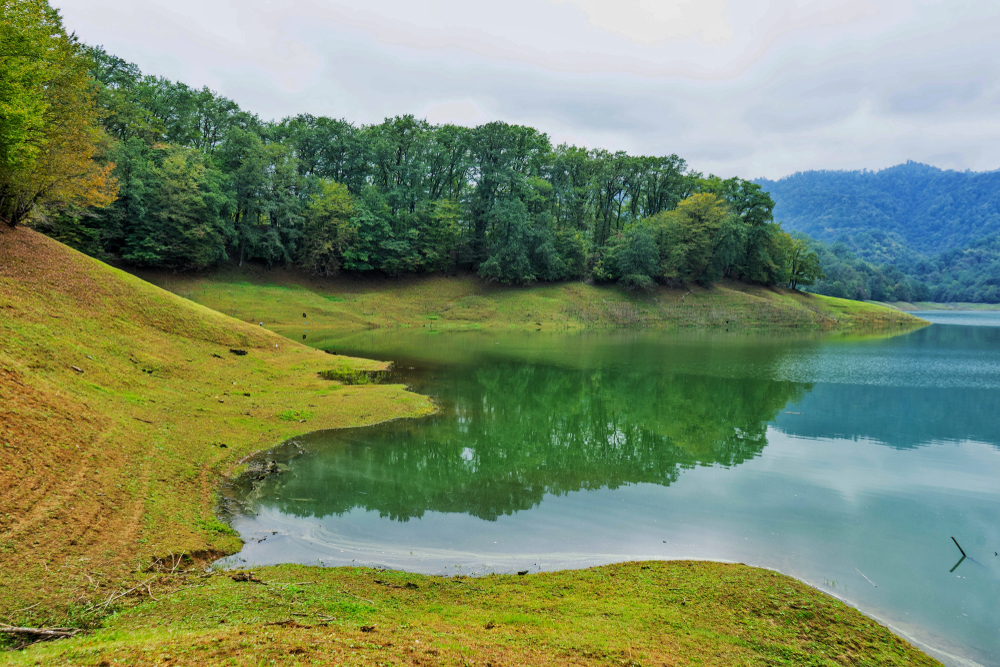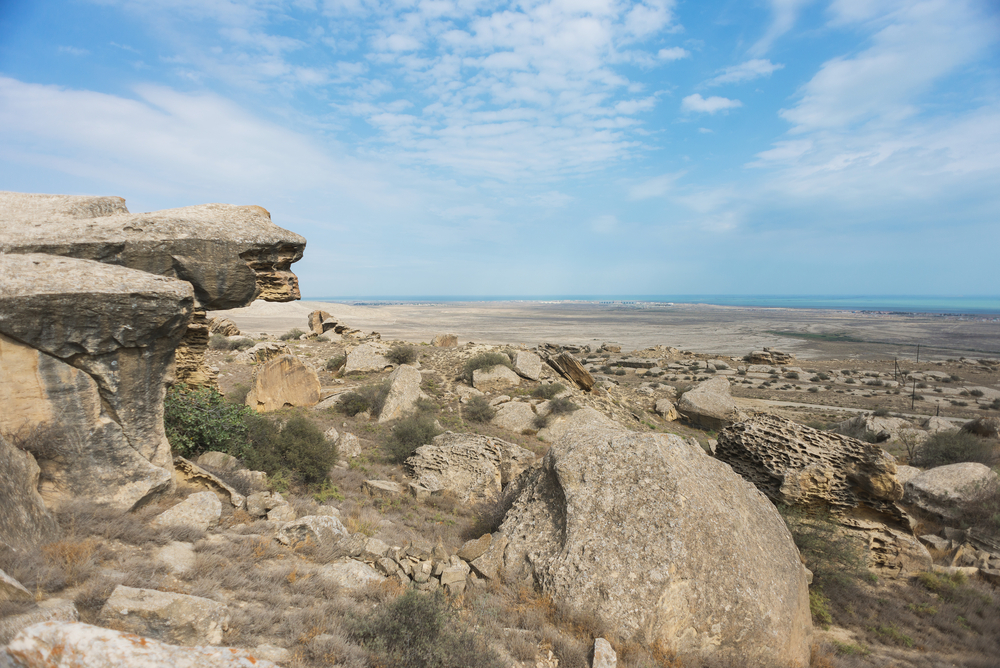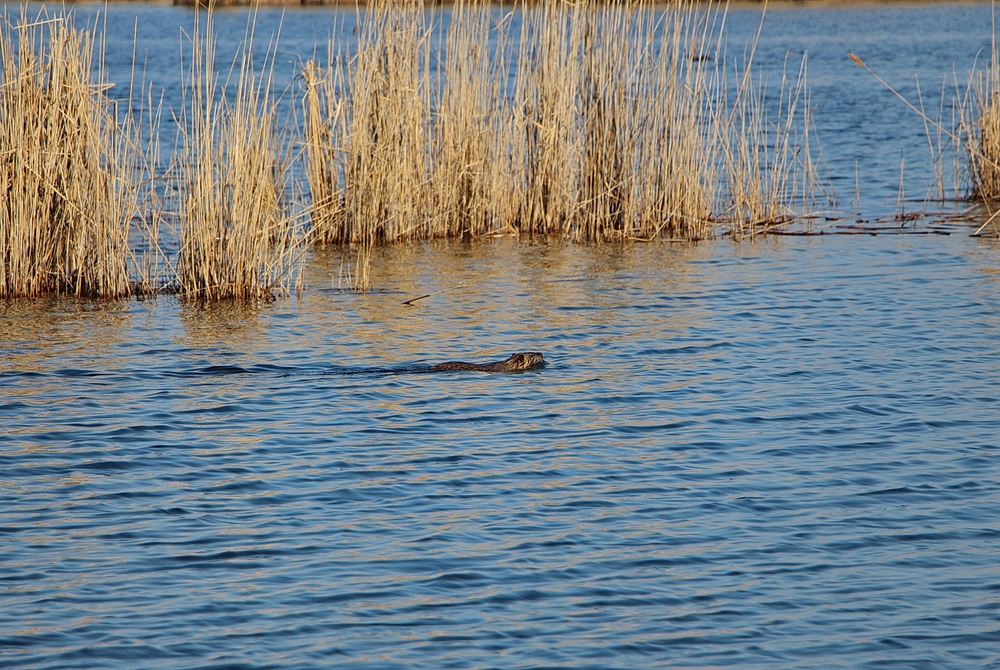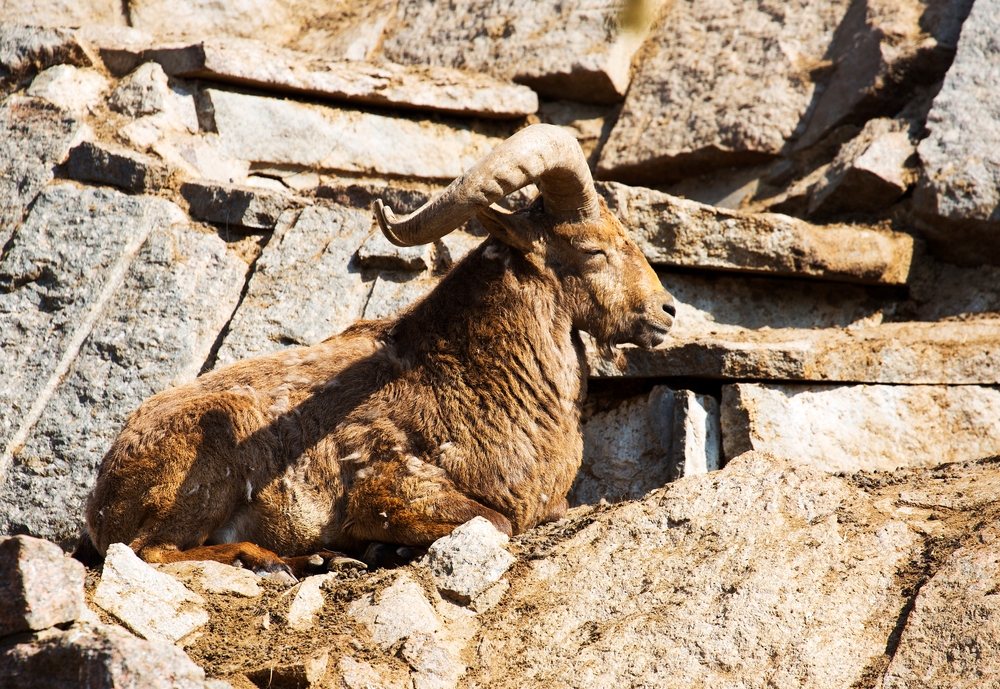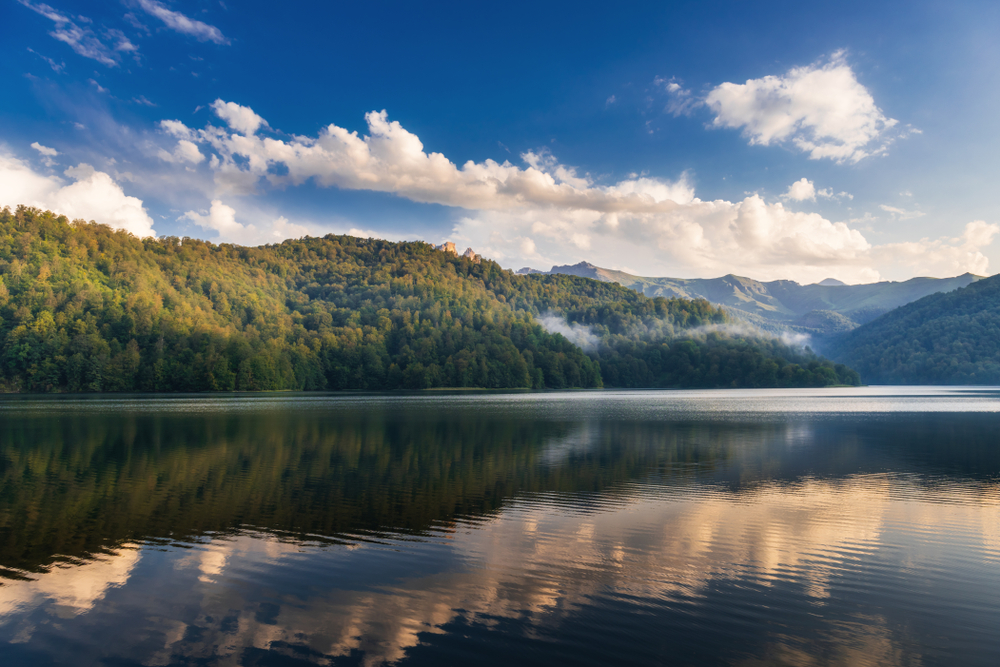Hirkan Overview
Hirkan National Park, known locally as Hirkan Milli Parkı, is a remarkable protected area located in southeastern Azerbaijan, along the Caspian Sea’s coastline. This UNESCO-listed park is part of the ancient Hyrcanian Forests, a unique ecosystem that dates back to the Tertiary period and offers a living glimpse into Earth’s prehistoric flora. Covering over 40,000 hectares, the park’s terrain features lush forests, rolling hills, and dramatic mountain ranges that rise steeply from the shores of the Caspian. The landscape is characterized by a dense canopy of broad-leaved trees, including Persian ironwood, chestnut-leaved oak, and Caucasian wingnut, which form a mosaic of greenery and create a haven for a wide range of wildlife.
The vegetation of Hirkan National Park is one of its most extraordinary features, with around 150 endemic plant species. The park is a natural museum of biodiversity, showcasing unique tree species like the Hirkan boxwood and the velvet maple, some of which are relics of ancient forests that existed before the Ice Age. This dense forest environment supports diverse animal life, including the endangered Persian leopard, which remains a flagship species for conservation in the region. Other notable fauna includes wild boars, lynxes, jackals, and a variety of bird species, such as the Caspian tit and the white-tailed eagle. The park’s rivers and streams are also home to rare amphibians and fish species, adding to the richness of its ecosystems.
Visitors to Hirkan National Park can explore its natural beauty through hiking, birdwatching, and eco-tourism activities. Trails meander through its pristine forests, allowing for immersive experiences in an unspoiled environment. The park’s remoteness and tranquility provide a unique opportunity for those seeking solitude and a deeper connection with nature. Cultural tourism is also encouraged, as the surrounding villages offer insight into traditional Azerbaijani lifestyles and local crafts.
Hirkan National Park faces several conservation challenges. The primary threats include illegal logging, poaching, and the encroachment of agricultural activities into protected areas. Conservation efforts have focused on enhancing patrolling measures, promoting sustainable tourism, and engaging local communities in preservation initiatives. The reintroduction and protection of the Persian leopard have been particularly significant, representing a major milestone for biodiversity conservation in the region. Collaborative efforts between Azerbaijan and international conservation organizations continue to strengthen the park’s ecological resilience.
In summary, Hirkan National Park is a treasure trove of biodiversity and a vital remnant of ancient forest ecosystems. Its stunning landscapes, rare species, and ecological significance make it a must-visit destination for nature enthusiasts and conservation advocates alike. While the park faces challenges, ongoing efforts to safeguard its unique habitats ensure that Hirkan remains a sanctuary for future generations to explore and cherish.








































































